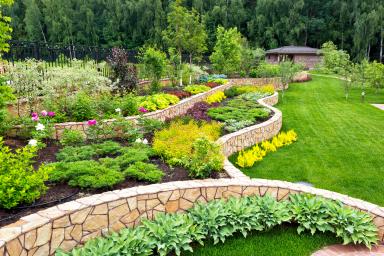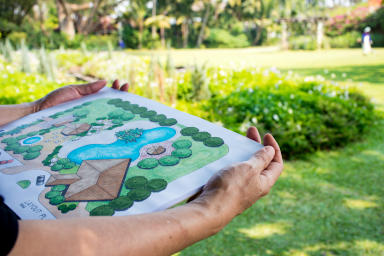Xeriscaping: How to Make a Drought-Tolerant Landscape
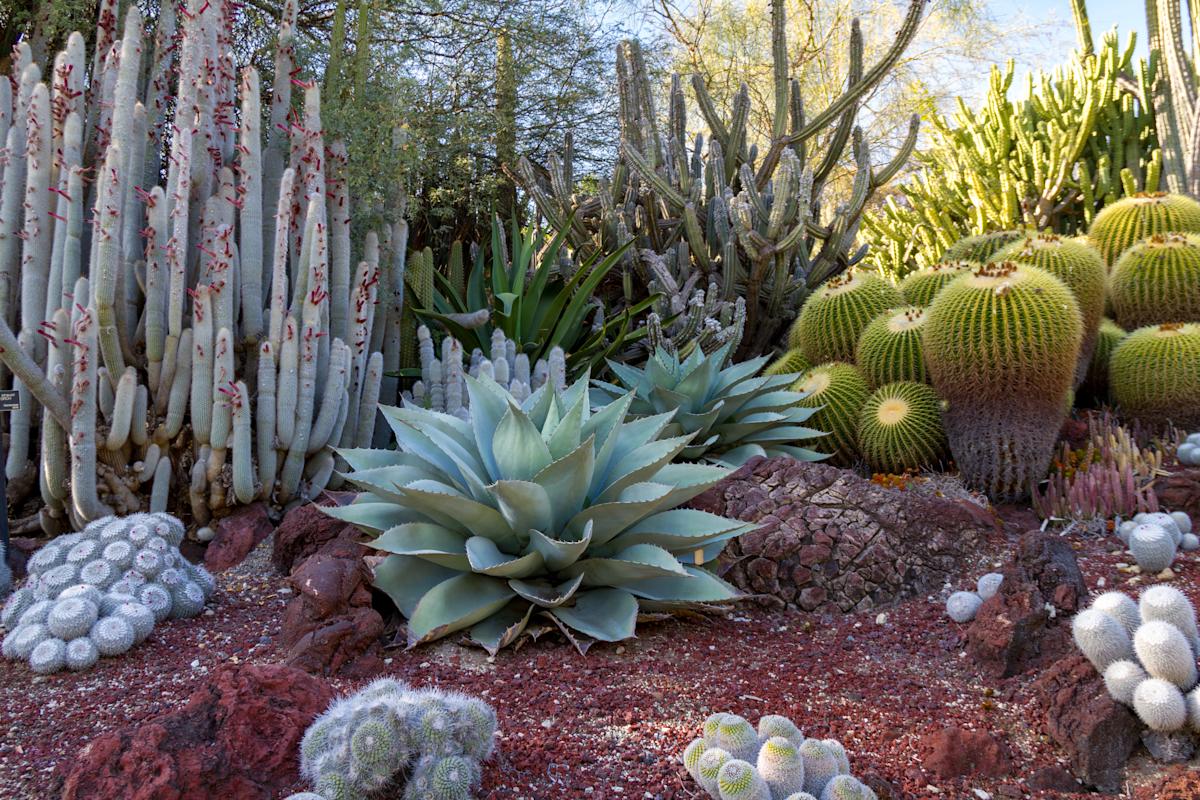
No matter how advanced our technology and understanding of the world becomes, we can’t control the weather. But unlike the many ancient civilizations wiped out by drought, we do have the means to make informed guesses about what’s coming and respond accordingly.1
For the regions of Nevada, Oklahoma, Texas, Utah, New Mexico, Colorado, Arizona, and California that are still recovering from a harsh multi-year drought2, the future looks grim.
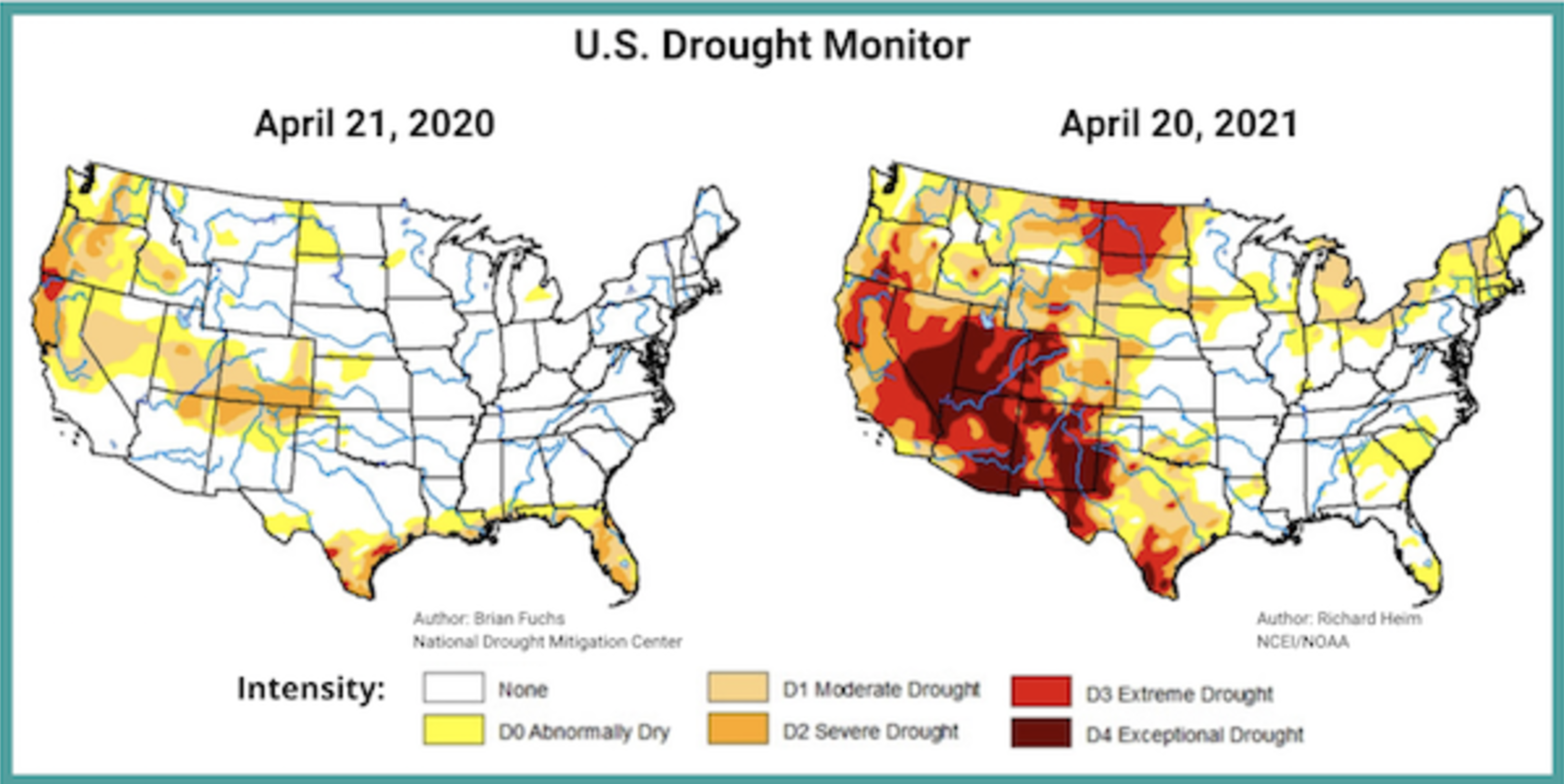
Scientists predict the Southwest and central Great Plains regions could be plagued by a 35-year or longer mega-drought that dwarfs all the droughts the regions have previously experienced.3 These predictions have rung the warning bell, and the time has come for local residents and governments to respond.
While we can’t give up on drinking water and residents have little control over the amount of water used in farming, we do have one obvious water-wasting habit to reconsider: our lawns.
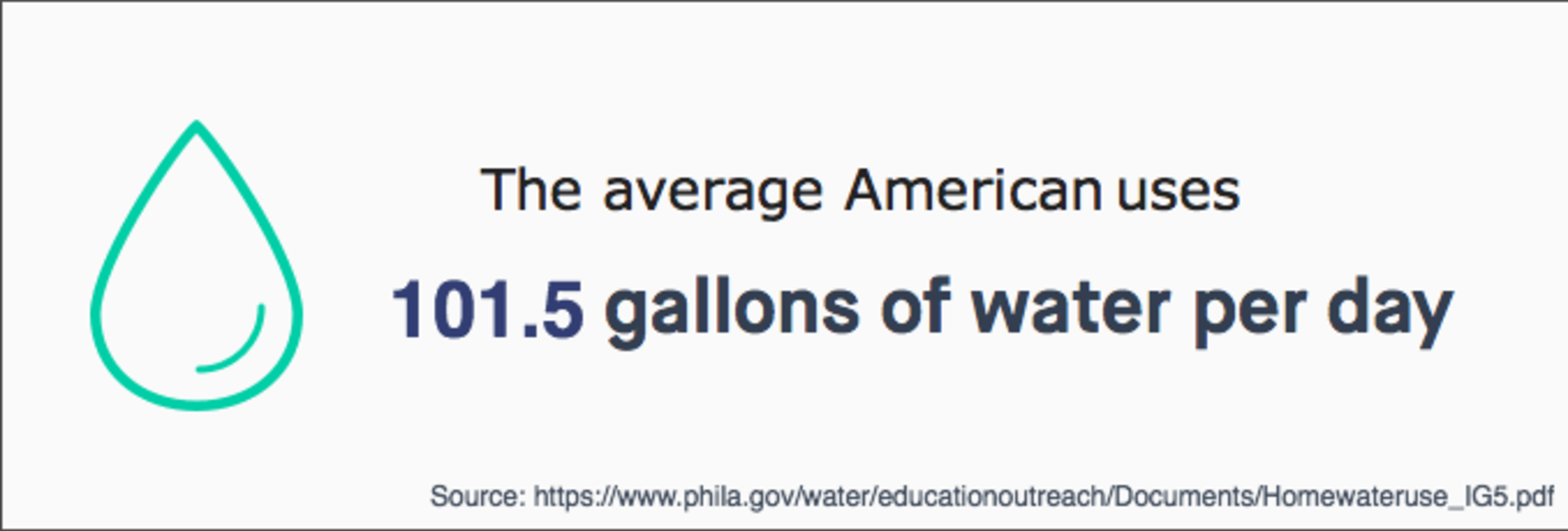
Approximately one-third of all American residential water goes to landscaping and gardening. Keeping the nation’s lawns fertile required about 9 billion gallons of water daily.4
Bringing that number down doesn’t mean giving up on the beauty of a lawn, but it does require a different approach. This guide is designed to explore the many options to create a water-friendly landscape, from plant selection to irrigation considerations, and cover much more along the way.
Lawn and Garden Services Near Me.
What is Xeriscaping?
Xeriscaping isn’t so much a specific technique as it is a unique approach to landscaping that carefully considers the ecological context of each space. The term, coined by Denver Water in 1981, is a combination of the word landscaping and the Greek word for dry, and focuses on seven key principles to create drought-resistant landscapes.5
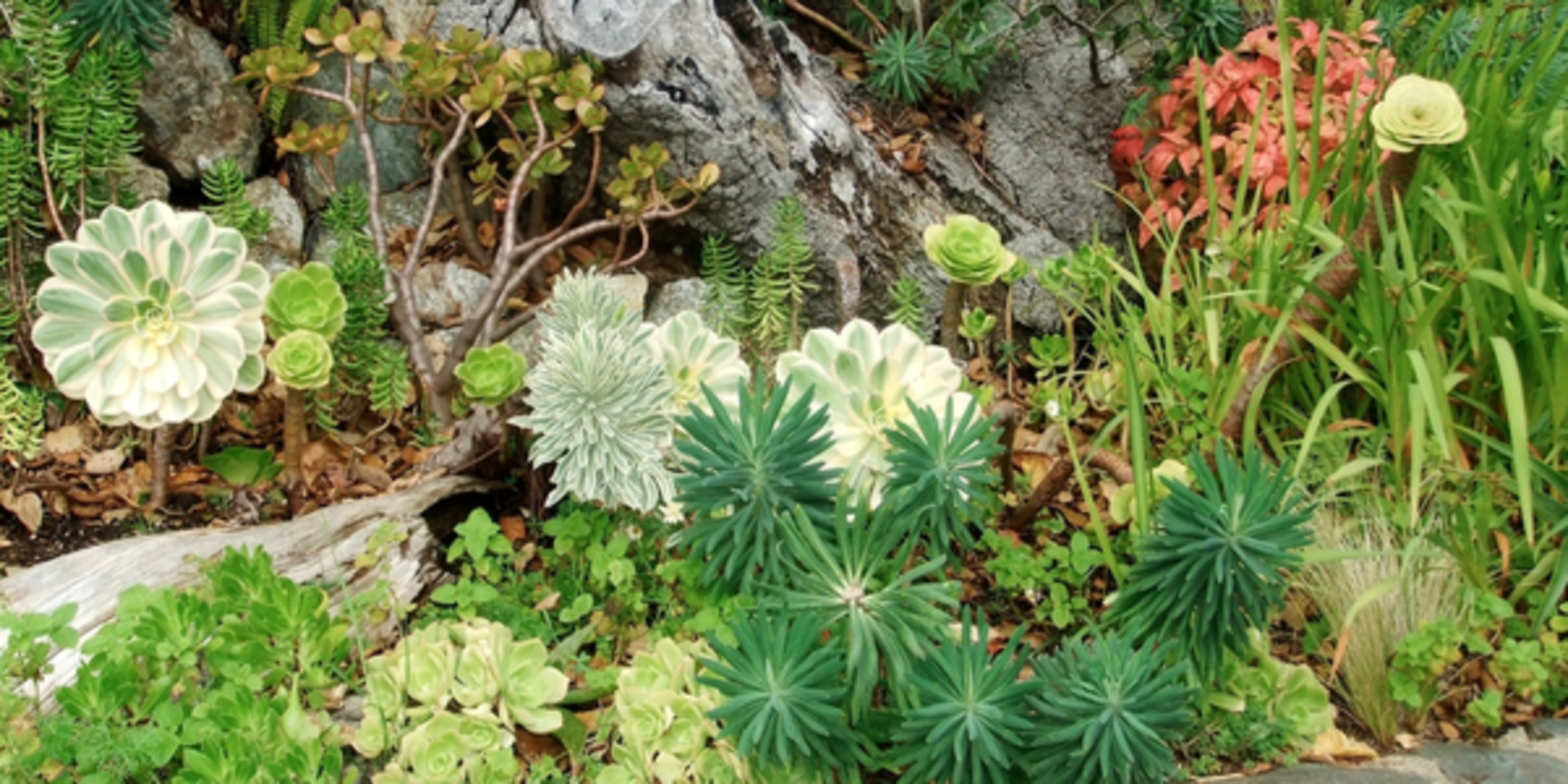
Sedums are an excellent way to bring drought tolerance into a landscape without sacrificing color, texture, or interest.
Planning
Planning is one of the most important principles on this list, and encompasses many of the others. Because xeriscaping is a more strategic, intentional approach to landscape design than simple aesthetics, it is necessary to take the time to understand the space you’re working with and research the most efficient options available
Soil Improvement
The quality of the soil plays an important role in the success of any lawn or landscape. What will work best in each case depends on factors like the quality of the soil you’re starting with, the area you live in, and what plants you intend to use. Any xeriscaping project you take on should start with a soil analysis.
Efficient Irrigation
Strategic watering is a crucial part of xeriscaping. Determining the best irrigation solution for your yard will depend on the space and the particular plants you choose. A general best practice is to water plants in the morning, while the weather is cool but the sun isn't strong enough to evaporate water. Watering plants at night can result in fungus and mold growth.6
Strategic Plant Groupings
No matter what plants you go with, you can save water and make maintenance easier if you’re strategic about how you group them. Place plants near to those that need similar amounts of water and sun for best results.
Use of Mulches
Mulch should be used in addition to the soil to help cool the plants’ roots and slow down the process of water evaporation. Additionally, the breakdown of mulch over time adds organic matter to the soil, which is a major factor in water retention.
Native Plant Selection
Any plants that grow naturally in your region will be well adapted to the local weather. By sticking with native varieties, your landscape will require less watering and less overall maintenance.
Thoughtful Maintenance
Understand what your plants need and give them the level of watering and care required without wastefulness.
Each of these principles taken alone can help you reduce the amount of water you use for your lawn, but taken together they can help launch you toward a fully drought-proof landscape.
Building a Xeriscape
As in most things, xeriscaping your landscape will be much easier if you hire an expert to help with the process. However, all the steps we describe are possible to accomplish on your own, and we’ll do our best to provide you much of the information you’ll need if you choose to go the DIY route. But taking advantage of the expertise of someone with ample experience in xeriscaping is likely to result in a nicer looking landscape that can save you money and stress.

Cacti aren’t your only option! This parking strip xeriscape uses a mix of sedums, flowering perennials like evening primrose, shrubs like Russian sage and yuccas, and low-water trees like evergreens to create a colorful, layered, water-efficient effect.
Consider Your Space
Every landscape is a little different, so you need to take into consideration factors such as:
Which areas of your yard get the most sun? Which are in shade much of the day?
When it rains, where will the water run and collect? Is the space fairly flat, or are there slopes to consider?
Where are your water sources?
Before you start planning what will go where, you need to have a clear idea of what plants and items will make the most sense in each spot based on the particular conditions.
Get Rid of the Old
If your current garden is full of grass (or weeds), there's some prep work to be done before building a xeriscape. Before you can create an all new drought friendly landscape, you have to get rid of what’s there. And you can’t just remove the grass itself, you have to dispose of the roots as well. Otherwise the grass may grow back and destroy your new xeriscaped lawn.7 You have a few options for how to go about this:8
By hand: This is the most labor-intensive option, but also the most affordable. You can dig the lawn up with a shovel or use a tiller to make the process a little easier (and keep more of the soil’s nutrients intact).9
Solarization: This takes longer, but requires less work. If you water your lawn and then cover it with a clear plastic tarp for several months, the sun will kill all the weeds and grass for you. The plastic has to be clear- black plastic will make grass go dormant and come back to life once there's sunlight.
Herbicide: While the quickest and easiest way to kill grass and weeds, herbicide comes with some risks. It can have negative effects on the environment and be dangerous to work with if you don’t use it carefully and according to the instructions.
Prepare the Soil and Mulch
If you’re using nothing but native plants, you may be able to use the soil that’s already in your yard without amendments. If you bring in any new soil or non-native plants, adding some form of compost will both enrich your soil so your plants grow better, and help it retain water.
In addition to compost, you should add a thin layer of mulch on top of the soil, around 2-4 inches depending on the type of mulch you use. Using mulch will conserve moisture in the soil and keep it cooler in the summer and warmer in the winter. As an added benefit, mulch helps suppress weeds so you won’t have as much work to do in the yard. 10
Set Up Your Irrigation
How you water plays a big role in how much water you end up using for your landscape. You have a few options to help you set up responsible irrigation that minimizes water use.
Drip Irrigation
Drip irrigation is a much more efficient form of watering plants than using sprinklers. Using plastic pipes with several strategically placed emitters (the holes in the pipes where the water comes out), you can distribute a low flow of water to your plants over time. By watering your landscape more slowly, the soil has more time to soak the moisture in. You'll also prevent water waste from runoff.
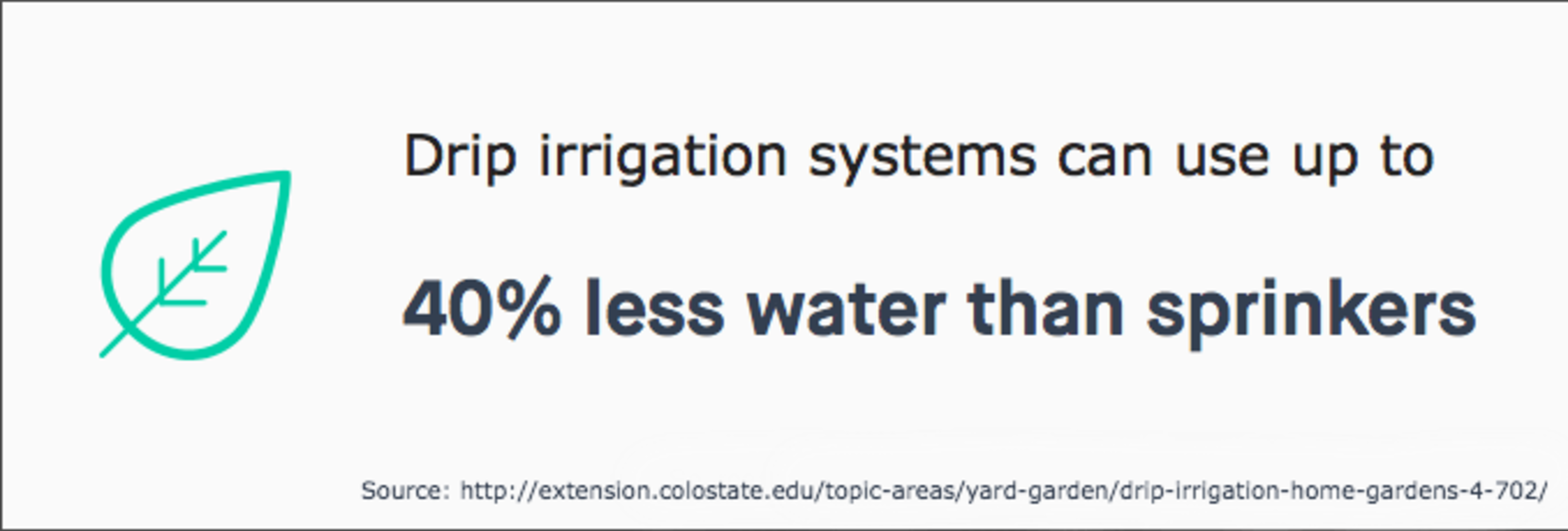
To reach this level of efficiency, you have to carefully regulate the amount of water used and your watering schedule.
Smart Irrigation Systems
With most irrigation systems, you’ll still have to do the work of paying careful attention to the weather and manually tweaking the amounts of water used based on need. If you’re willing to invest in a smart irrigation system, 11 all that work is automated.
A smart controller is designed to recognize weather conditions through methods like downloading weather information or utilizing sensors that track the amount of moisture in the air. Based on that data, they change the amount of water distributed to your yard automatically.
Rainwater Harvesting
Rainwater harvesting isn’t an irrigation system in and of itself, but it can be a valuable part of one that helps further reduce water waste. You can buy cisterns to collect rainwater as it falls and make use of your roof and gutters to capture even more of it.12 While a rainwater harvesting system can have a significant cost upfront, installing one will help you avoid water waste and can pay off over time through savings on your water bill.
Graywater Irrigation
This underutilized irrigation method collects the “gray” water waste from dishwashers, clothes washers, showers, and sinks in your house to use in the landscape. It’s ideal for watering the landscape because the same things that make it look dirty--grease, hair, dirt, food, etc.--are really just nutrients waiting to be broken down for use by plants.
One caveat--if you want to use a graywater irrigation system, you’ll need to switch to using eco-friendly and ideally plant-based cleaning products. This will be good for you and good for your plants!
Choose New Plants
You don’t have to do away with grass when xeriscaping your landscape, but once you start reviewing your options for drought-resistant plants you may see little reason to keep it.
The number and variety of plants that can thrive with minimal water will likely surprise you. The Ladybird Johnson Wildflower Center has a list of almost 100 different drought-friendly plants you can browse.
Native Plants
You should also consider what plants are local to your area. The reasons to go native in the plants you choose are numerous:
Because they’re adapted to the local weather condition, native plants need less water and maintenance, and you can largely avoid using pesticides or fertilizers.
Some native plants are going extinct because due to urban development and an influx of foreign plant species. By planting them in your landscape, you can support their continued survival.13
Native plants support local pollinators and provide food and shelter for the local ecosystem.
Native plants promote regional biodiversity .
Native flowers often attract butterflies, so you get an extra dose of color and beauty added to your landscape.14
Wherever you’re located, you should have a large selection of native plants to choose from. Talk to local landscapers or gardening experts to gain a clear idea of which local plants are the most popular and hearty, and when to plant each for the best results.

You can also find an index of plants organized by state or region at PlantNative and the Lady Bird Johnson Wildflower Center.
Additional Considerations
How Much Does Xeriscaping Cost?
Managing the cost of xeriscaping can be tricky. As with many things in life, you have to shoulder an upfront investment to save money over time. If you’re interested in a new DIY project, you can manage much of the work on your own and save a lot of money in the process. If you’re not, or if you really just want to make sure it’s done right, you can discuss your budget limitations with local landscaping companies to better understand what’s possible within your price range.
Depending on where you live, you may be able to offset some costs through government rebates. If that’s not yet an option in your area, you can always start with smaller projects. Schedule an audit of your irrigation system, or replace a few of your plants with drought-resistant ones with the goal of eventually working toward a fully drought-resistant lawn.
Maintaining Aesthetics
Even as drought conditions worsen and the environmental benefits of xeriscaping become clearer, many people are resistant because they worry the upfront costs will be too high and that xeriscaped lawns just aren’t as beautiful as their grassy counterparts.
Both of these concerns are understandable, but neither is as much of a problem as people think.
When you start looking into your xeriscape options, you’re likely to find local flowers in almost every color you could want and plenty of plants to replace that green grass you loved. Also, cutting your monthly water bill by 20% or more means your new landscape can pay itself off very quickly.
The stereotypical image of a xeriscaped yard that many people carry is of rocks and cacti, but you have plenty of options besides that. You can also find water-friendly plants in all sorts of shapes and colors, and come up with lots of ways to design a rock, stone, or wood chip path to replace your grass.
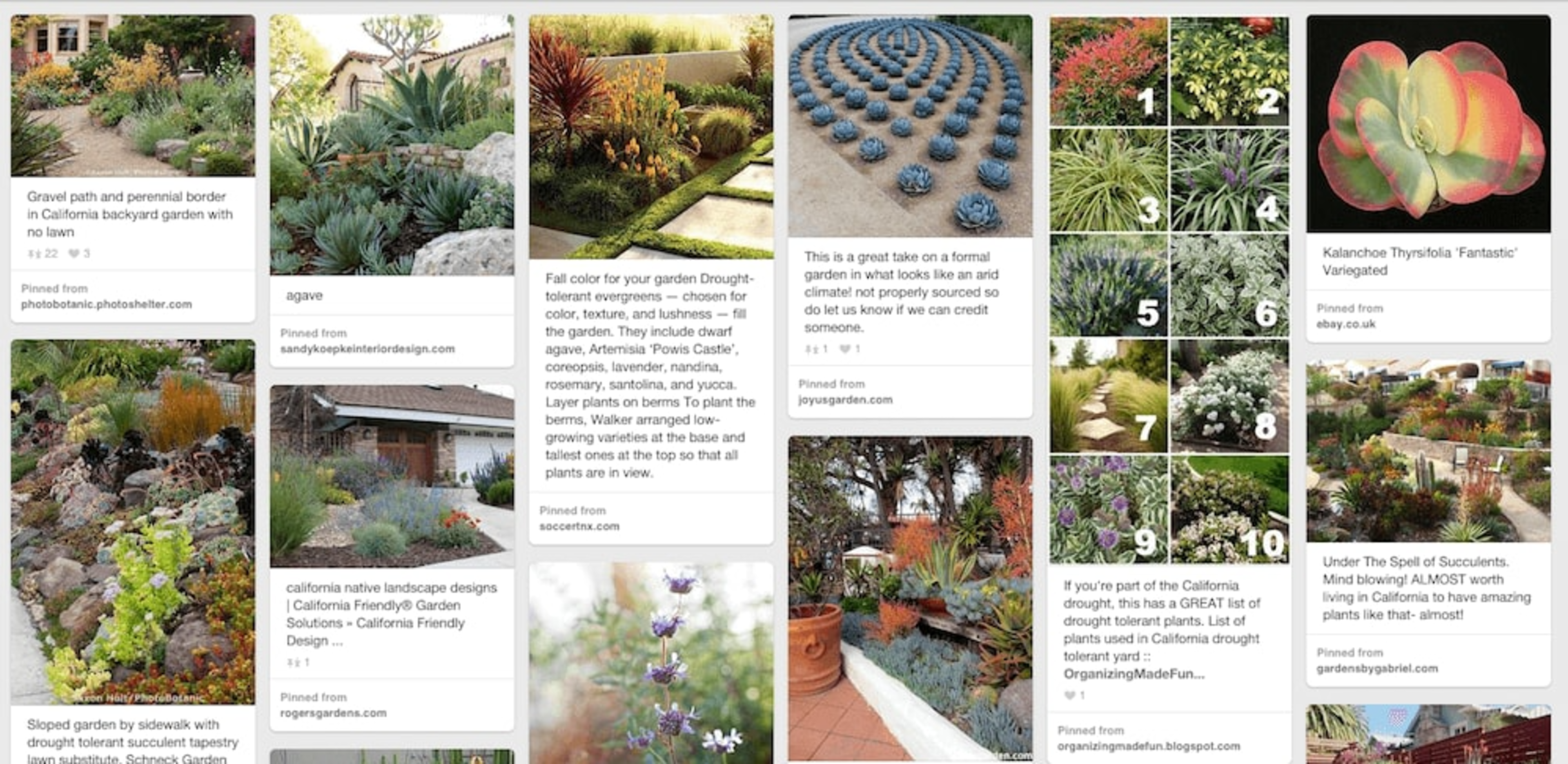
A few minutes on Pinterest should leave you with more than enough inspiration to design a beautifully xeriscaped yard of your own. And if design isn’t your strength, you can always hire a gifted landscape designer to help.
Conclusion
Once you really consider the benefits of xeriscaping, the appeal seems obvious. You can save money on utilities, spend less time and energy on maintenance, make your lawn more beautiful and colorful, and increase your home’s curb appeal – all of that while supporting the environment and local ecosystem. Regardless of whether you live in a drought-plagued region or not, xeriscaping can save you money while keeping your yard beautiful.
Xeriscaping may not have conquered the mainstream yet, but unless we figure out a way to control the weather, you can expect to see more grassy lawns replaced by xeriscaped ones in the years to come.
Are you looking to give your yard or garden a drought-friendly facelift? Check out our lists of the best landscapers in cities across the country!
Kristen HicksAuthor
Kristen Hicks is a contributor for Expertise.com. She has more than five years of copywriting and journalistic experience covering landscaping, education technology, and much more. You can connect with her on Twitter at @atxcopywriter.
Sources
1. http://news.nationalgeographic.com/news/2013/10/131024-drought-bronze-age-pollen-archaeology/
2. https://www.wbur.org/onpoint/2021/03/18/america-west-megadrought-dry-farmer
3. https://www.wsj.com/articles/record-drought-strains-the-southwest-11615298405
4. https://www.epa.gov/watersense/outdoors
6. http://www.sunset.com/garden/earth-friendly/water-rebates-resource-list
7. http://ucanr.edu/sites/scmg/Lawn_Replacement/Grass_Removal_Methods/
8. https://www.sdcwa.org/your-water/conservation/
9. http://www.finegardening.com/4-ways-remove-sod
10. http://www.bhg.com/gardening/yard/mulch/all-about-garden-mulches/
11. https://www.hydropoint.com/what-is-smart-irrigation/
12. https://water.tamu.edu/simple-rainwater-harvesting-system-landscape-irrigation/
13. https://blogs.scientificamerican.com/extinction-countdown/invasive-plants/
14. http://www.nativeplantsocietyneo.org/importance-of-native-plants/

